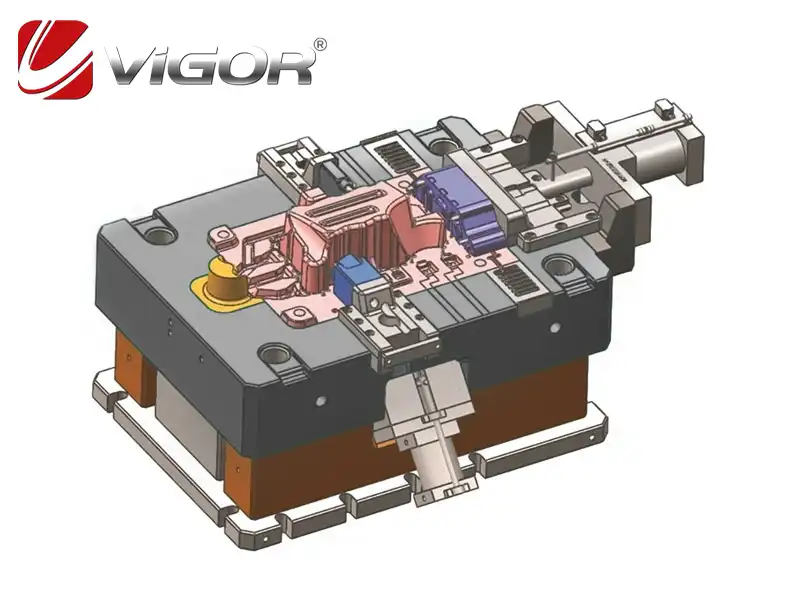
Knowledge
11 Key Factors Affecting Mold Design in Pressure Die Casting

1. The shape, size, and complexity of the part being cast influence the mold design significantly. Complex parts may require intricate mold features like: slides, cores, and collapsible cores.
2. The casting material's properties, such as melting temperature, fluidity, shrinkage rate, and thermal conductivity, dictate aspects of mold design, including cooling systems and gate locations.3. The specifications of the die casting machine, such as clamping force, platen size, and injection system, must be compatible with the mold design to ensure efficient operation.4. The selection of mold material impacts the mold's life span and performance. Materials must withstand high temperatures and pressures without degrading.5. The design of the gate and runner system affects the flow of molten metal into the mold cavities, influencing the part's quality by minimizing air entrapment and ensuring complete filling.6. Proper cooling and heating channels are essential for controlling the mold temperature, which affects the casting's solidification process and cycle times.7. The ejection system must be designed with consideration for the placement and number of ejector pins, to efficiently remove the cast part from the mold without damaging the part or the mold.8. Adequate venting is necessary to allow gases to escape during the casting process, preventing defects such as porosity and blisters. Overflow systems capture excess material.9. The desired surface finish of the final part can dictate the mold's surface preparation and may influence the choice of mold material and coatings.10. The required tolerances and the part's dimensional accuracy must be considered in the mold design to ensure the cast parts meet specifications.11. Expected production volume influences mold design, particularly the mold's durability and the number of cavities, to ensure the mold can produce the required quantity of parts without significant wear.
How Does Wall Thickness Impact the Pressure Die Casting Process?
Wall thickness significantly impacts the pressure die casting process by influencing the: molten metal's flow and solidification, part quality, and production efficiency. Thinner walls allow for faster cooling and solidification, reducing cycle times and improving productivity. However, they require precise control over injection pressure and speed to ensure complete mold filling and to minimize defects. On the other hand, thicker walls slow down the cooling process, leading to longer cycle times and increased risk of defects such as porosity and shrinkage, as the interior solidifies slower than the exterior. Additionally, uneven wall thickness can cause differential cooling rates, resulting in warping or residual stresses in the final part. Balancing wall thickness is thus crucial for optimizing part strength, reducing material usage and part weight, and ensuring high-quality casting with minimal defects.
Vigor has been working in the machinery industry for many years, which has allowed us to accumulate a lot of experience in the production and manufacturing of Pressure Die Casting, our technical engineers can carry out strict production and quality according to your needs to ensure that everything is under control, if you are interested in Vigor's mechanical products, please do not hesitate to get in touch with us to get the best quality products and services.



